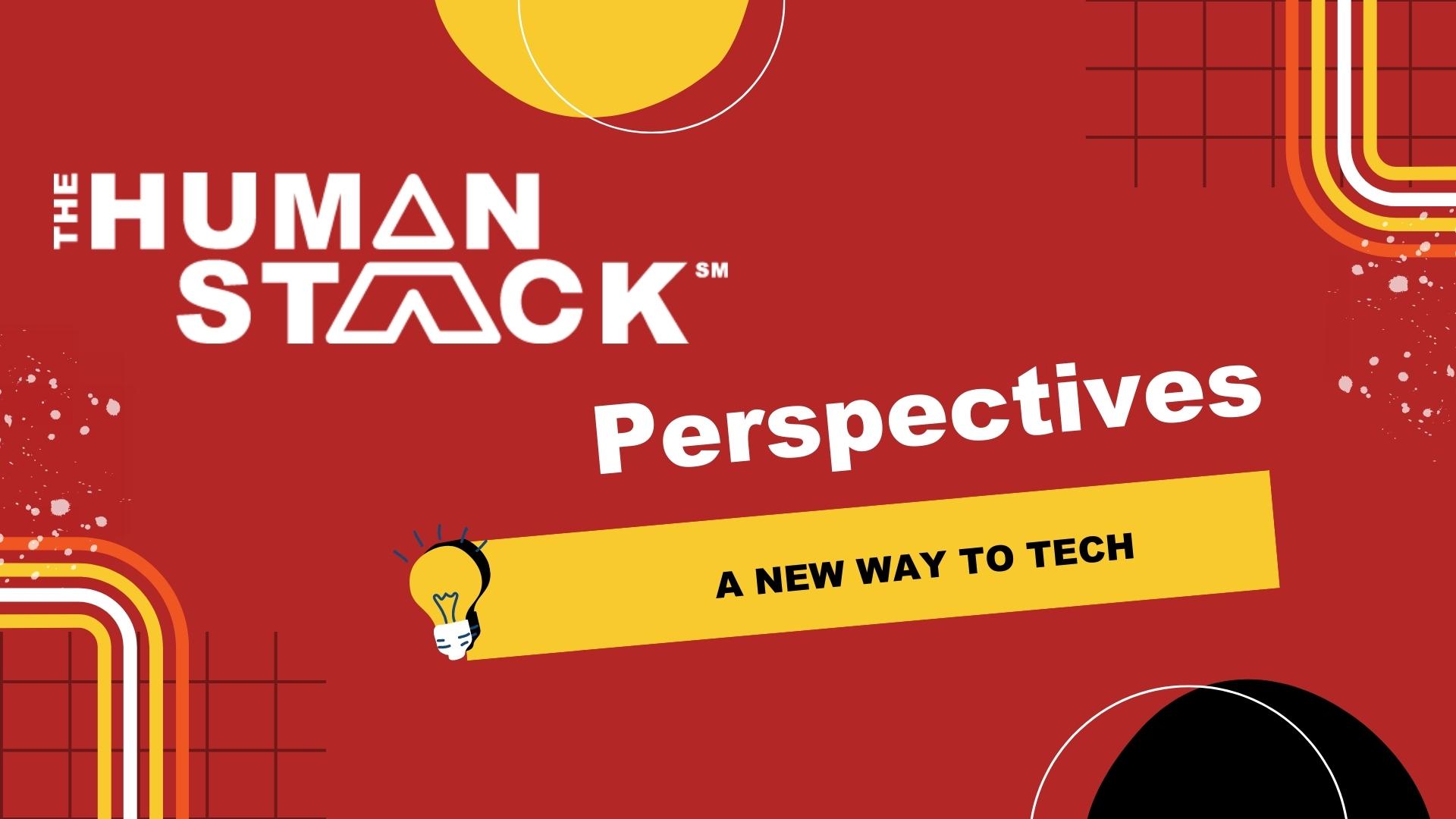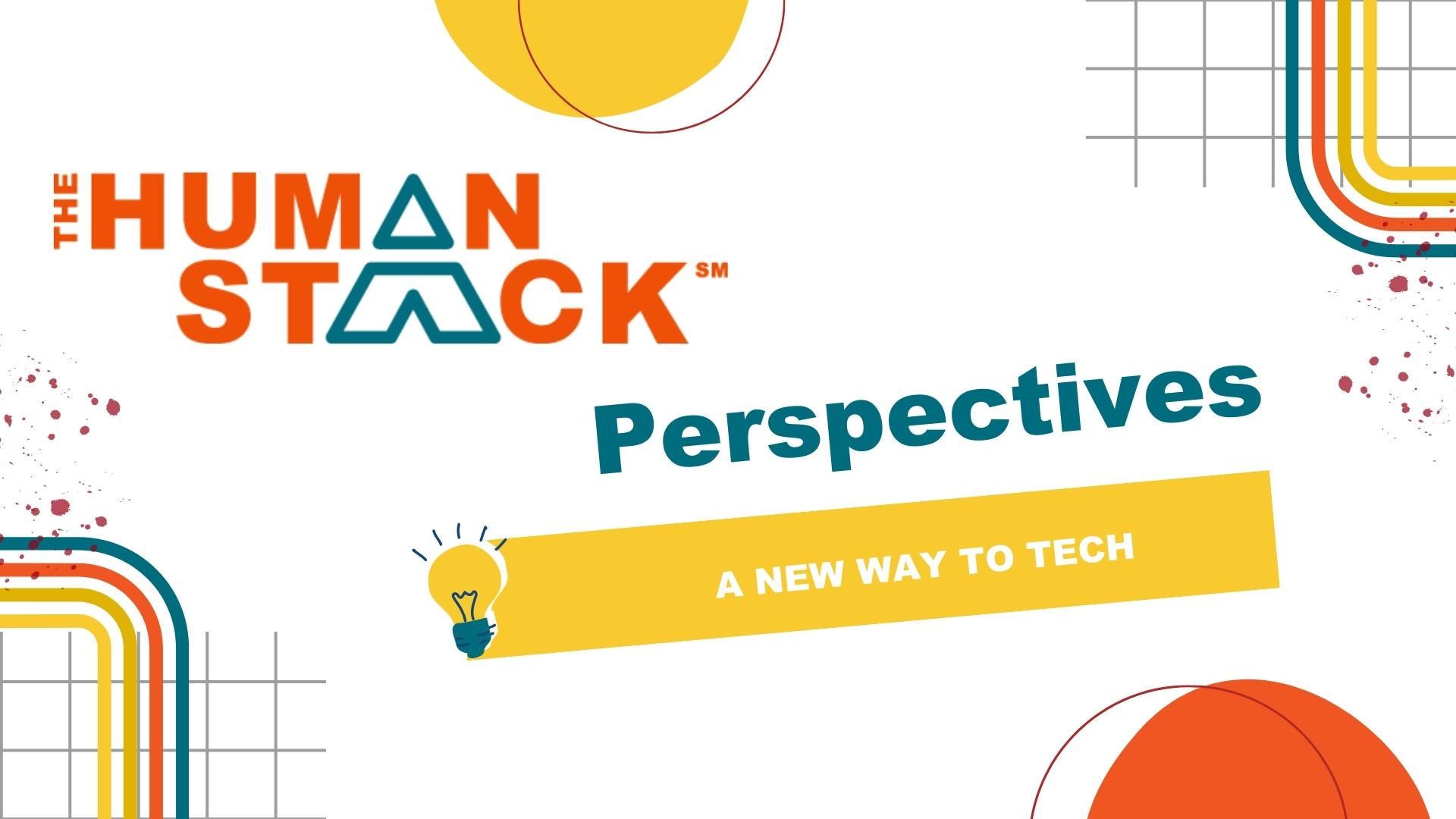Most nonprofit leaders believe that how teams collaborate will be critical to the success of their mission. We believe that the healthiest teams are ones that create inclusive, equitable spaces for diverse perspectives to be heard, understood, and acted on.
That’s why we’re a proud founding sponsor of Amplify, an organization dedicated to empowering those from underrepresented groups in technology to become fearless leaders in our field. Our Director of Delivery, Rachel Hands, sits on the board of Amplify and in that capacity, recently presented on the allyship journey at Salesforce.org’s annual Partner Summit. Today we’re bringing you a quick look into that presentation.
The value of the allyship journey to your team
We know that diverse teams perform better than homogenous ones because they identify a broader range of problems that the team can solve on their path to achieving their mission. For individuals on your team, the process of collaborative problem-solving will often involve multiple circuits along the allyship journey as each person learns about the different sets of challenges their colleagues face. While there are many sources that describe this sort of journey, the stages we’re outlining here are based on those included in Jennifer Brown's book How to Be An Inclusive Leader.
Stages of the allyship journey
Unaware: In this phase, you don’t know about the problem that exists. Either you don’t know about a situation, or you don’t understand that the impact of the situation is problematic. On homogenous teams, you’re very likely to never leave this phase, which means you can’t solve the right problems.
Aware: In this phase, you understand the problem, but you aren’t quite sure what to do about it yet. In order to move to the next phase, it’s critical that you listen to the people on your team who are directly affected by the situation. As you start to understand the problem, you might think of ways that you’ve contributed to the problem yourself – which makes now a great time to get comfortable with apologizing sincerely, in a way that centers the impact on the other person.
Active: Now you get down to business: figuring out what your team has to contribute to the solution. Continue to listen to the people on your team who are directly affected – you’re counting on their input to make sure you stay on track to solve the core problem, not just the easiest part of the problem to solve.
Advocate: In this phase, you’ve been working on the solution together and you need more hands on deck to amplify your impact. This is where you get to bring other people in – organization leaders will really get to shine at this stage. All along, you’ve been listening to your impacted colleagues; if you haven’t yet, now’s the time to use your influence to amplify what they’re saying and the solutions they’re proposing (while being sure to credit them appropriately).
Getting comfortable with the discomfort of going through these phases routinely, every time you learn something new, will strengthen your team’s trust and collaboration and ultimately make your organization more effective.


 Rachel Hands
Rachel Hands



